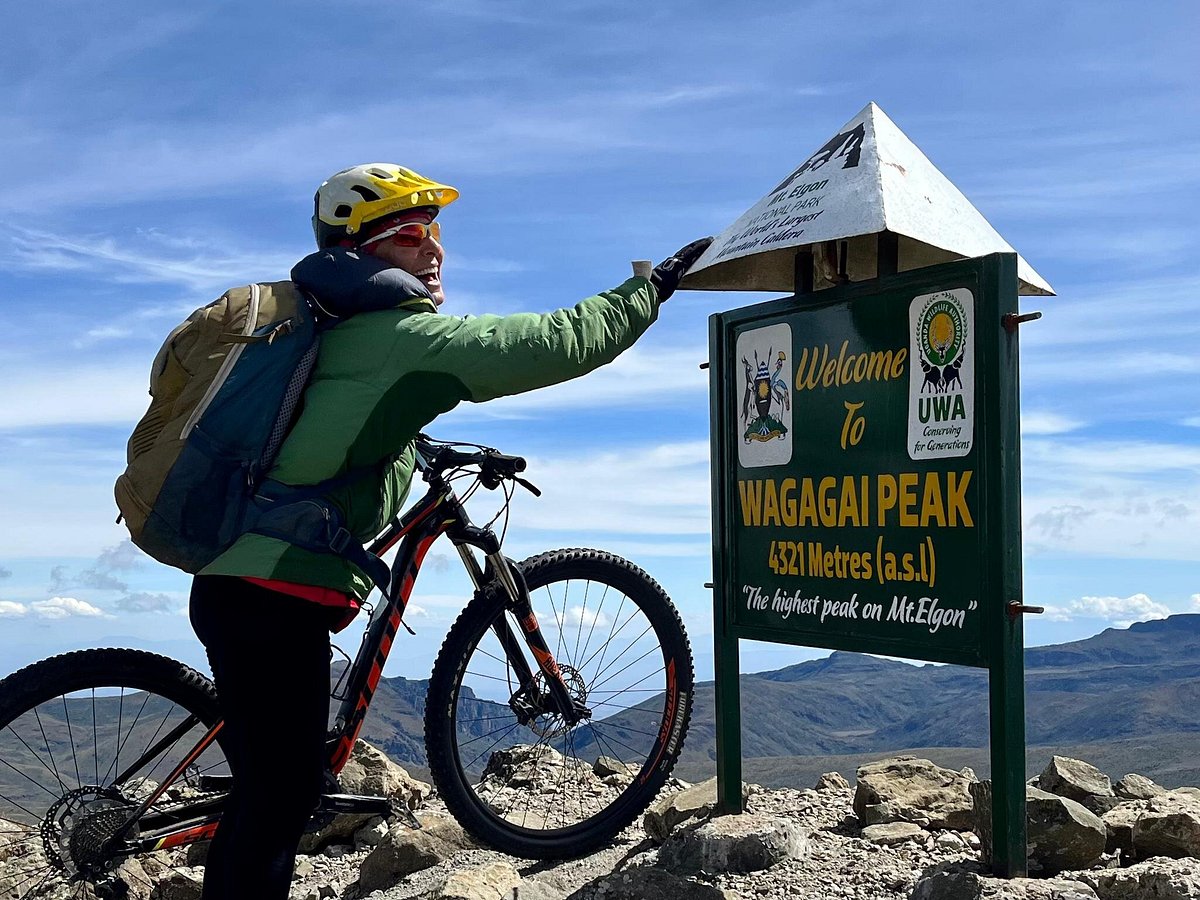Mountain Elgon National Park Activities and Fees
Mountain Elgon National Park is sandwiched in the eastern region of Uganda and northeast of Lake Victoria, one of Uganda’s oldest physical features, which erupted around 24 million years ago. History shows that this extinct volcano was once Africa’s highest mountain, far extending Kilimanjaro’s current 5,895m. Millennial erosion has reduced the mountain’s height to 4,321 m, relegating it to the 4th highest peak in East Africa and 8th on the continent.
Mountain Elgon covers an area of 1,279 sq km, bordered by the borders of Kenya and Uganda. The park covers a part of Kenya, which was gazetted in 1968 and covered 169 km; meanwhile, the interest in Uganda covers 1,110 km. The mountain is an important water catchment for the Nzoia River, which flows to Lake Victoria. The Tukwel River, referred to as the Suam River on Uganda’s side, ascends and pours its water into Lake Turkana in Kenya, not forgetting the Sasa River. The Sipi River also comes from this mountain, which later forms the Sipi Falls.
Mountain Elgon slopes support various vegetation, from montane forest to high-to-high open moorland studded with giant lobelia, groundsel and heather plants. The vegetation varies with altitude. The mountain slopes are wrapped in Elgon Olive and wet montane forest; at the high altitude, it changes to Olive and Afrocarpus Gracilior forest and then to bamboo Arundinaria alpine zone. Higher from here, you come across the Hagenian Abyssinica zone, moorland, and heaths.
The giant Afrocarpus, Elgon olive, African juniper, pillar wood, elder belly, pure stands of Afrocarpus gracilior, and 400 different orchid species are all found in this botanical diversity park.
Of all these, six orchid species—Ardisiandra wettsteinii, Cardus afromontanus, Echinops hoehnelii, Ranunculus Keniensis (previously believed to be endemic to Mount Kenya), Rom
Mountain Elgon is home to various mammal species that are consistently spotted on the lower slopes of this mountain. The animals include buffalos, leopards, hyenas, small antelopes, duikers, and elephants, along with some primate populations of forest monkeys, blue monkeys, red-tailed monkeys, and black and white colobus monkeys.
Over 144 bird species exist in this little heaven, including Jackson’s spurfowl, the eastern bronze-naped pigeon, Hartlaub’s turaco, the Tacazze sunbird and the endangered lammergeier.
Mountain Elgon is home to two indigenous tribes that have stayed there for many years, the Bagishu and Sabinyi, with marginalised Ndorobos forced to dwell deep within the forest of Benet.
The Bagishu, formerly called Bamasaba, consider this mountain to be the embodiment of their founding father, Masaba and the hill was also referred to as Masaba. Both tribes have established strong cultures and beliefs, and visitors to this park should be excited to see some of their cultural ceremonies. The yearly circumcision held by both the Gishu and Sabine will thrill you. These ceremonies exist to initiate boys into adulthood.
Besides flora and fauna, the park has many more attractions, such as a variety of scenery: waterfalls, cliffs, caves, hot springs, calderas, Elgon caves, mesas, gorges, Jackson’s pool, Jackson’s Peak, and mountain peaks. The park is not popularly visited, making it a virgin destination, but it holds much more than tourists know.
Tourists can reach the park via Kampala Jinja and Mbale Road. It’s just a 5-hour drive to reach Mountain Elgon National Park. The park has the most prominent volcanic base in the world, especially at the height of 4,000 km, and it is also the oldest, most famous and largest solitary volcanic mountain in East Africa. Missing this destination while on safari or on a trip to the beautiful Pearl of Africa is not worth your money.

